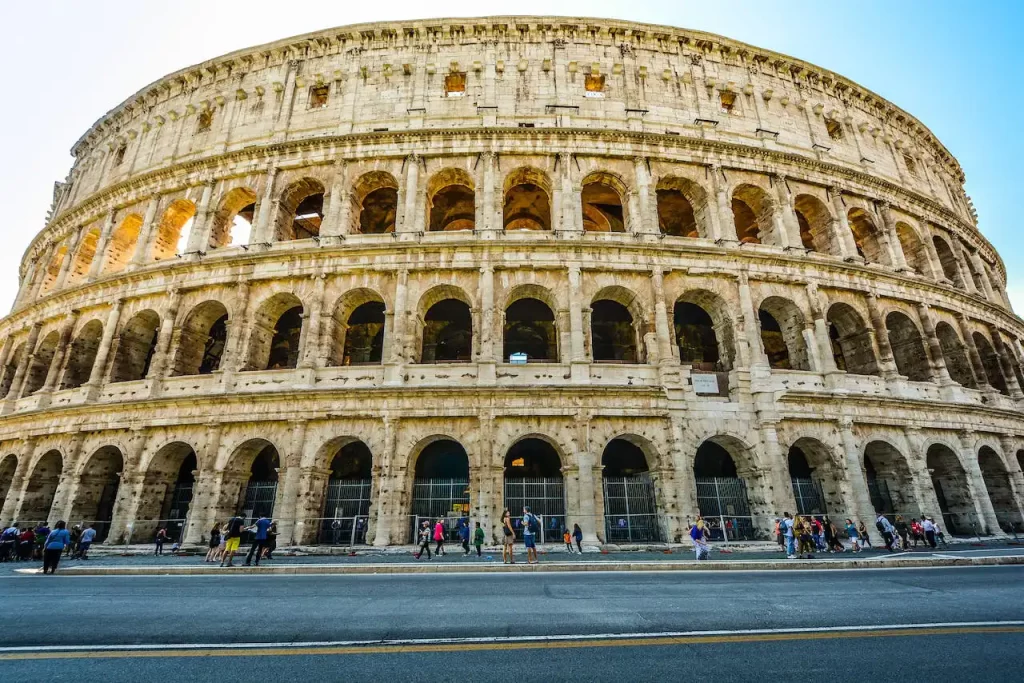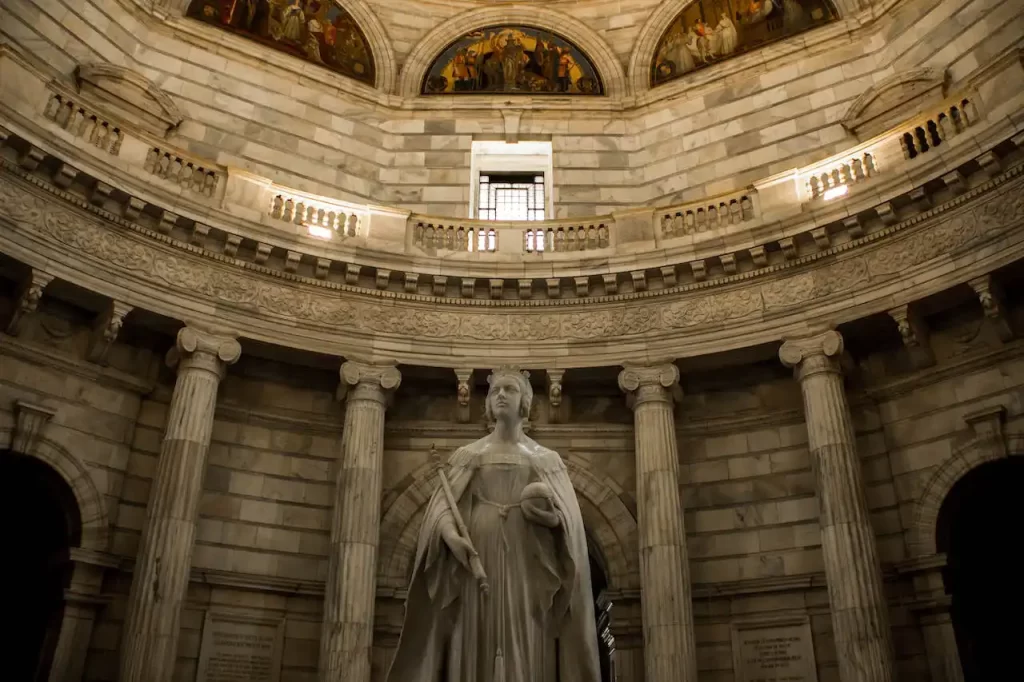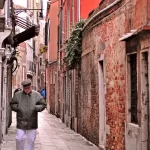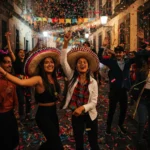Overview of Rome Travel Guide
Rome, the capital city of Italy, is a treasure trove of history, art, and culture, making it a top destination for tourists worldwide. Known as the “Eternal City,” Rome offers a unique blend of ancient ruins, Renaissance art, and vibrant modern life. This guide provides an in-depth look at Rome’s key attractions, local cuisine, and cultural experiences, ideal for first-time visitors or returning travelers seeking a deeper exploration of the city.
The Colosseum and Roman Forum

The Colosseum, an iconic symbol of ancient Rome, stands as a testament to the architectural ingenuity of the Romans. This ancient amphitheater, which could seat up to 50,000 spectators, was the site of gladiatorial contests and public spectacles. A visit here offers a glimpse into the entertainment of ancient Roman society. Nearby, the Roman Forum was the epicenter of political, commercial, and judicial life in ancient Rome. Walking through its ruins, visitors can imagine the bustling activity of the city’s heyday, with temples, basilicas, and vibrant public spaces.
Vatican City

Vatican City, an independent city-state within Rome, is the spiritual and administrative center of the Roman Catholic Church. It houses the Vatican Museums, which contain a vast collection of art and historical artifacts, including the renowned Sistine Chapel, famous for Michelangelo’s ceiling and ‘The Last Judgment. St. Peter’s Basilica, another highlight, stands as one of the largest churches in the world. Its awe-inspiring architecture and art, including Michelangelo’s Pietà, are essential experiences for any visitor.
Pantheon

The Pantheon, originally built as a temple to all gods, is one of the best-preserved buildings from ancient Rome. Its most striking feature is the massive concrete dome, with a central opening (oculus) that illuminates the interior. The Pantheon’s harmonious proportions and architectural brilliance have influenced Western architecture for centuries. Today, it serves as a church and a final resting place for prominent figures, including the artist Raphael.
Trevi Fountain

The Trevi Fountain, a masterpiece of Baroque art, is one of the most famous fountains in the world. Designed by Nicola Salvi, the fountain depicts Oceanus, the god of water, amidst sea creatures and cascading water. According to legend, throwing a coin into the fountain ensures a return to Rome. The fountain’s romantic ambiance, especially at night, makes it a favorite spot for tourists.
Piazza Navona

Piazza Navona is one of Rome’s largest and most beautiful squares, known for its stunning Baroque architecture. The square is dominated by three fountains, the most famous being the Fountain of the Four Rivers by Gian Lorenzo Bernini. Surrounded by restaurants and cafes, Piazza Navona is a lively spot for dining, people-watching, and enjoying street performances.
Spanish Steps

The Spanish Steps, a monumental stairway of 135 steps, is one of Rome’s most famous urban landmarks. Connecting the Piazza di Spagna at the base with the Trinità dei Monti church at the top, the steps are a popular gathering place. The steps and the surrounding area offer picturesque views, luxury shopping, and a vibrant atmosphere, particularly in spring when adorned with beautiful flowers.
Trastevere

Trastevere is a charming and lively neighborhood, known for its narrow cobblestone streets, medieval architecture, and vibrant nightlife. It’s a great place to experience the local Roman lifestyle, with numerous restaurants, bars, and cafes serving authentic Roman cuisine. The area’s bohemian and rustic charm makes it a favorite among tourists and locals alike.
Roman Cuisine

Roman cuisine is a delightful exploration of flavors, emphasizing simplicity and freshness. Signature dishes like carbonara, amatriciana, and cacio e pepe showcase the city’s culinary traditions. Street food, like supplì and pizza al taglio, offers a taste of Rome on the go. The city is also famous for its gelato, pastries, and coffee culture, making it a paradise for food lovers.
Walking Tours
Walking tours in Rome provide an immersive way to explore the city’s rich history and hidden gems. Guided tours offer insights into the stories behind famous landmarks and lesser-known sites. From historical tours of ancient ruins to food tours sampling local delicacies, these tours cater to a variety of interests.
Day Trips
Rome’s location makes it an ideal base for day trips to nearby attractions. Ostia Antica offers a look at an ancient Roman port city, while Tivoli is famous for its villas and gardens, like Villa d’Este. The Vatican Gardens provide a serene escape with their beautifully landscaped grounds.
FAQ
Q: How many days are recommended to explore Rome? A: Ideally, spend at least 3-4 days in Rome to see the major sights and soak up the local culture.
Q: Is the Vatican City accessible on foot from central Rome? A: Yes, Vatican City is within walking distance from many central locations in Rome, or easily accessible by public transportation.
Q: Are there entrance fees for the main attractions in Rome? A: Yes, attractions like the Colosseum, Vatican Museums, and certain historical sites have entrance fees. It’s advisable to book tickets in advance.
Q: What is the best time to visit Rome? A: The best time to visit Rome is during spring (April to June) and fall (September to October) when the weather is pleasant, and the crowds are smaller.
Q: Can I explore Rome using public transportation? A: Yes, Rome has an extensive public transportation system, including buses, trams, and a metro system, making it easy to navigate the city.











